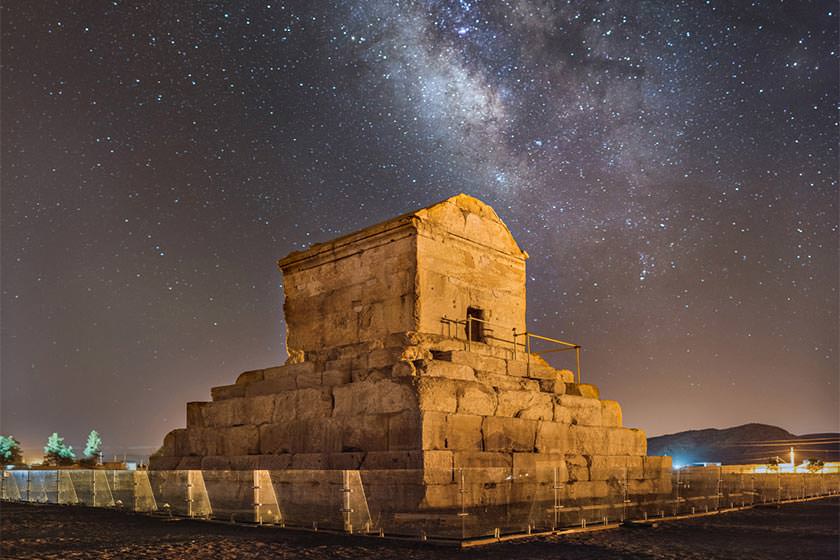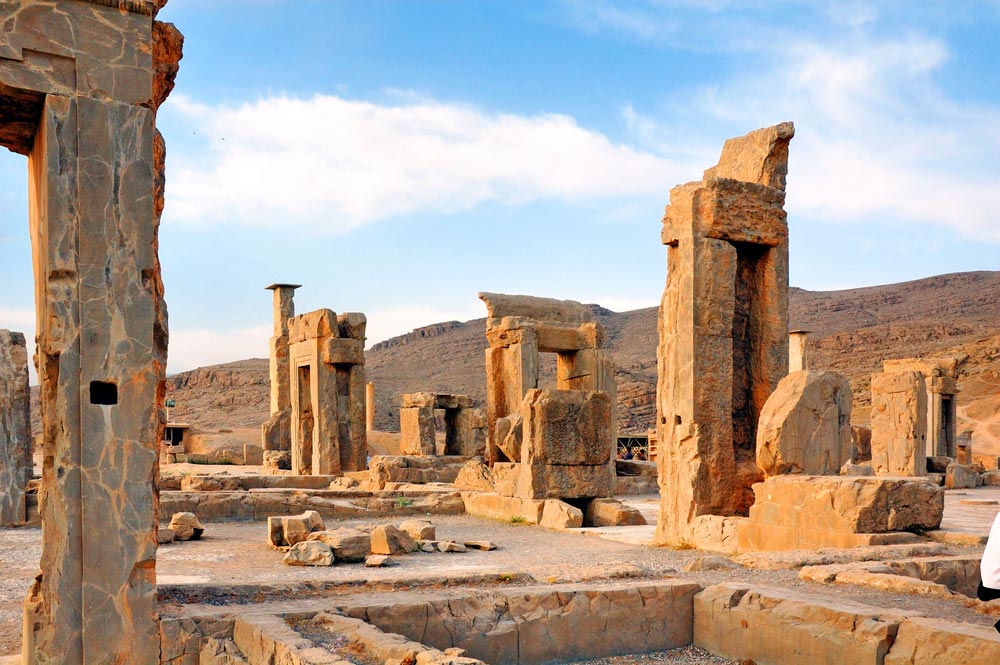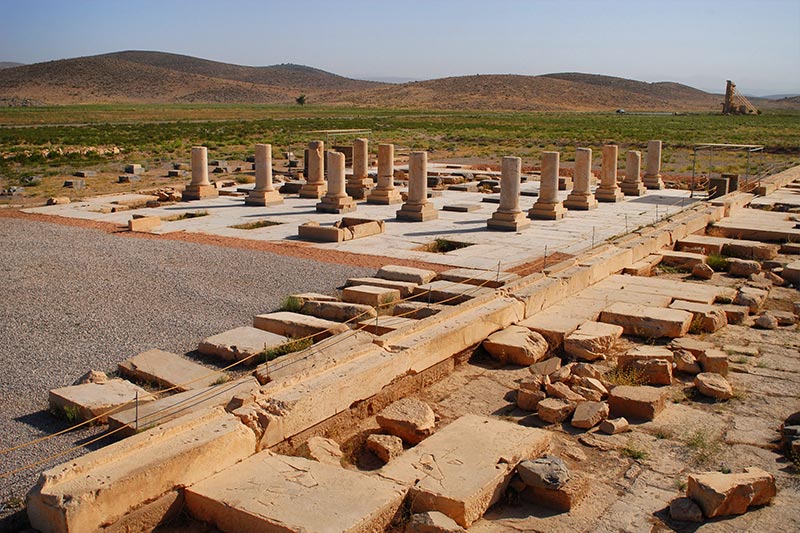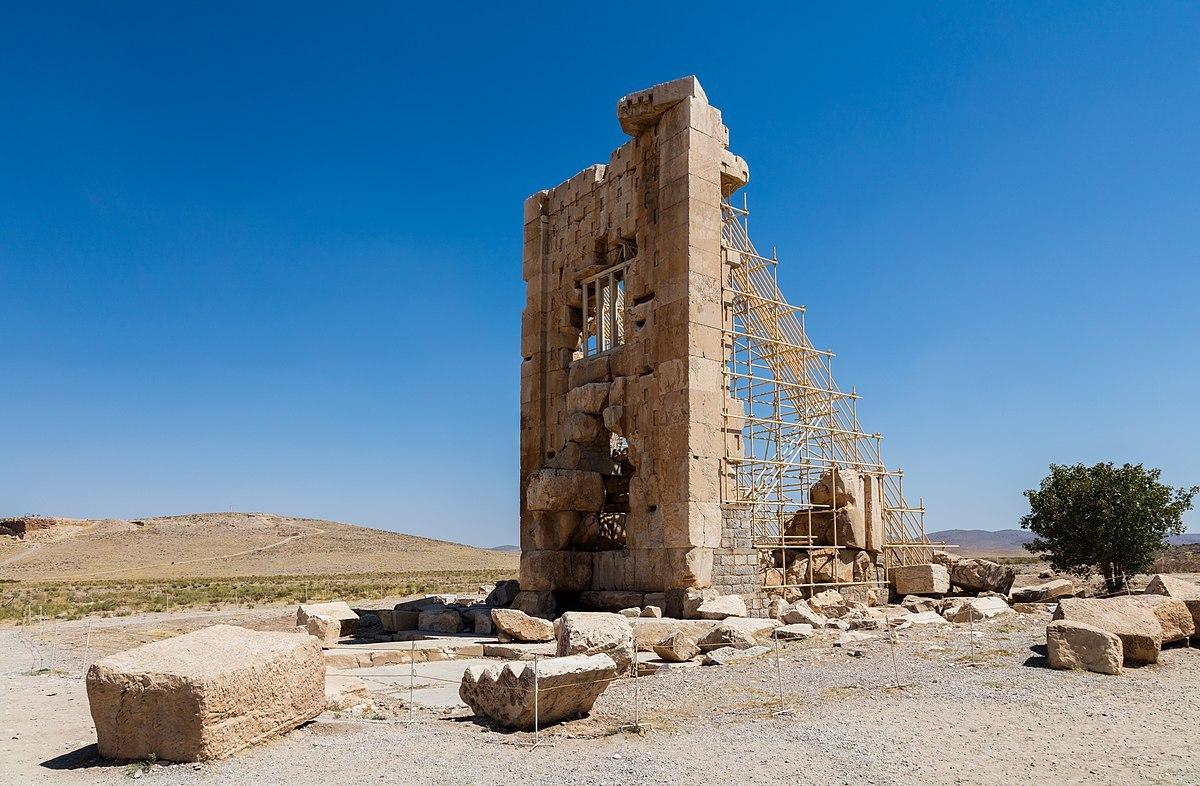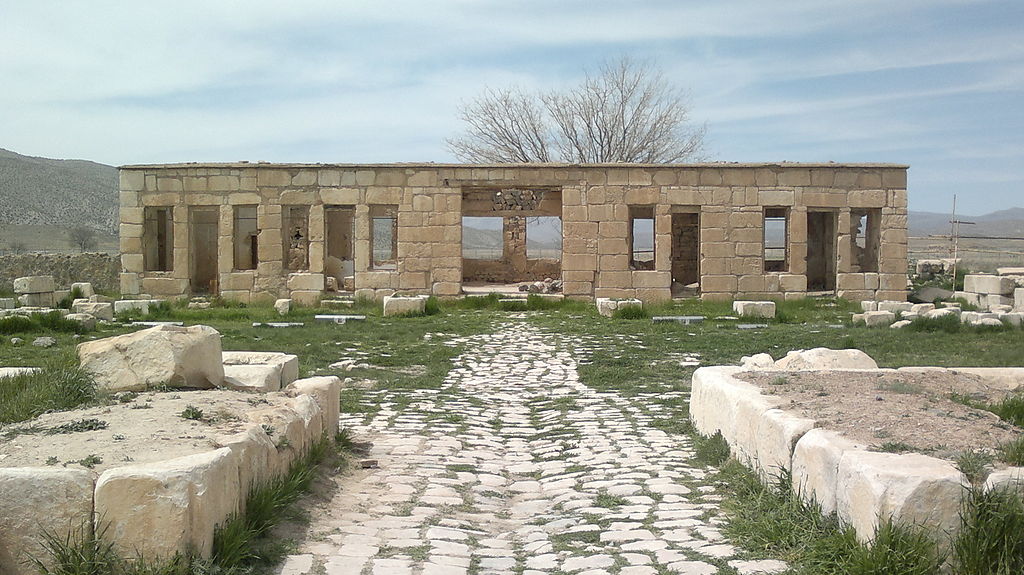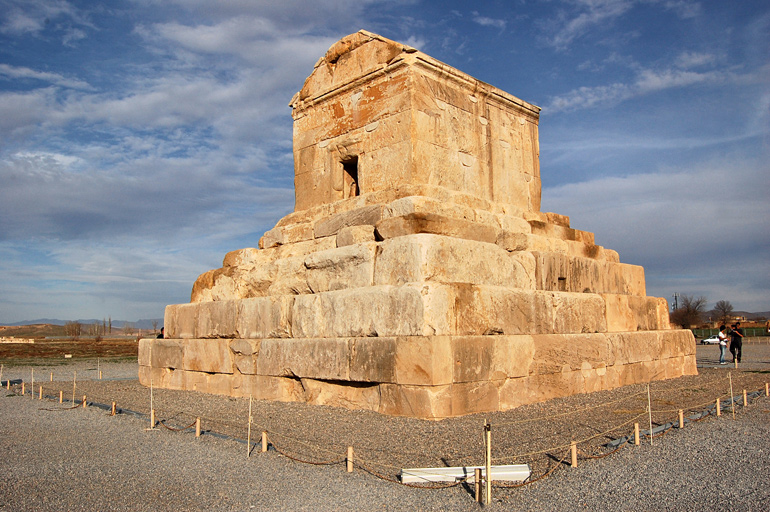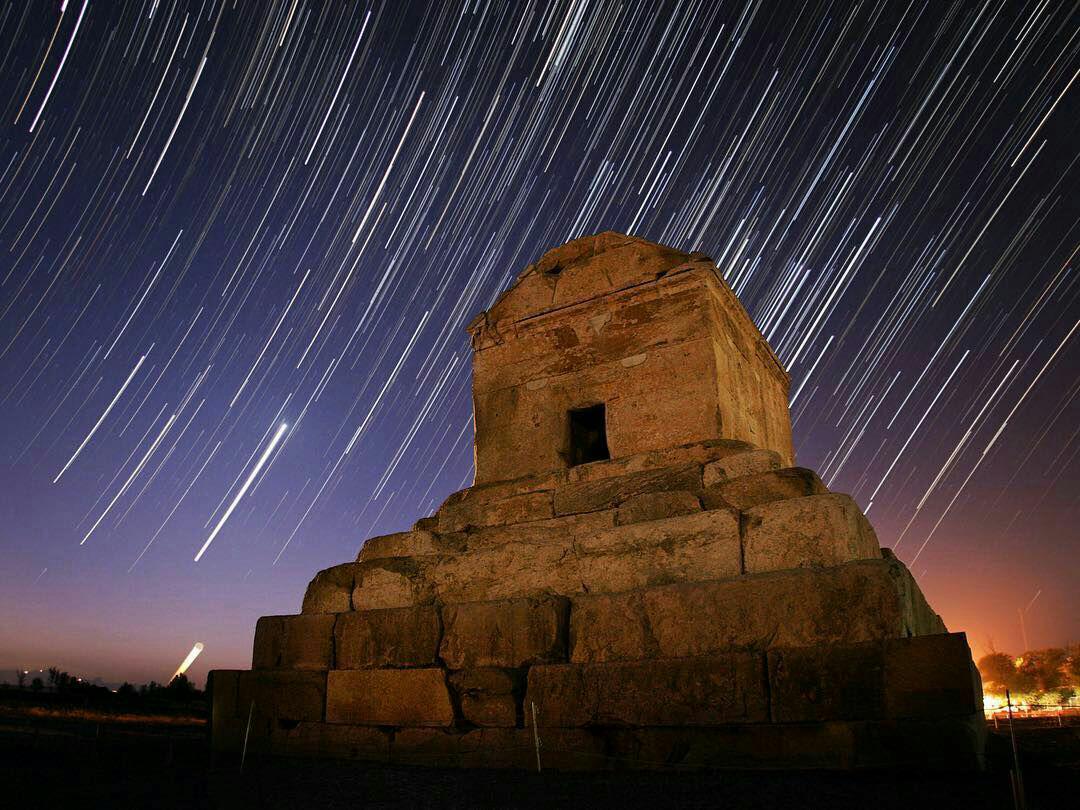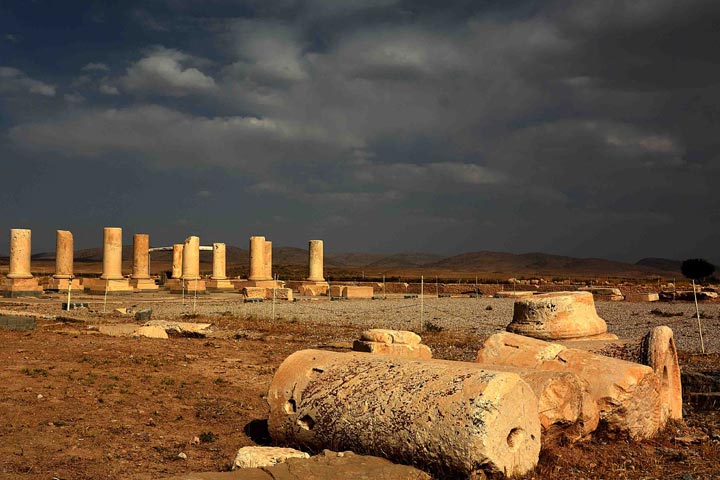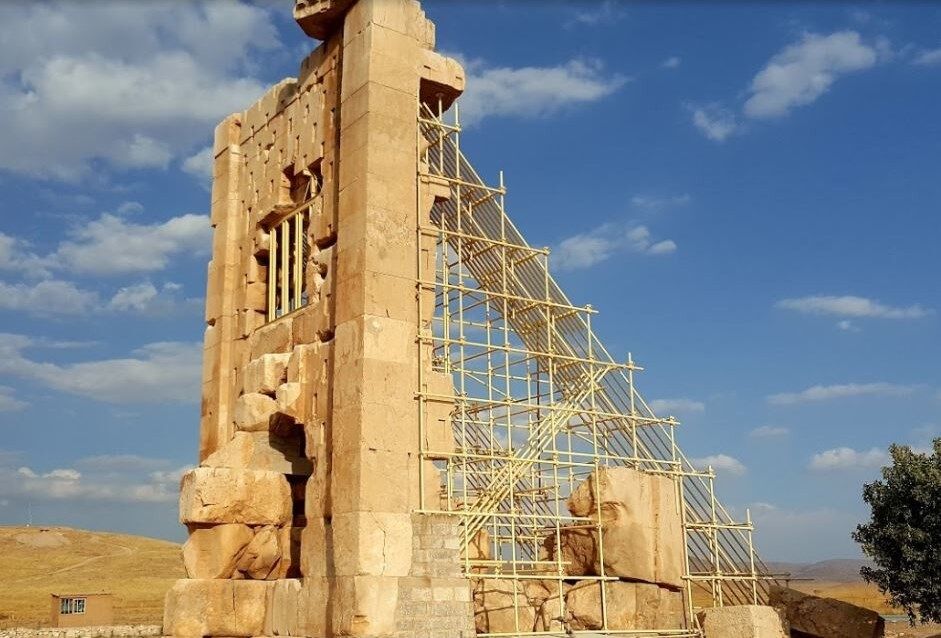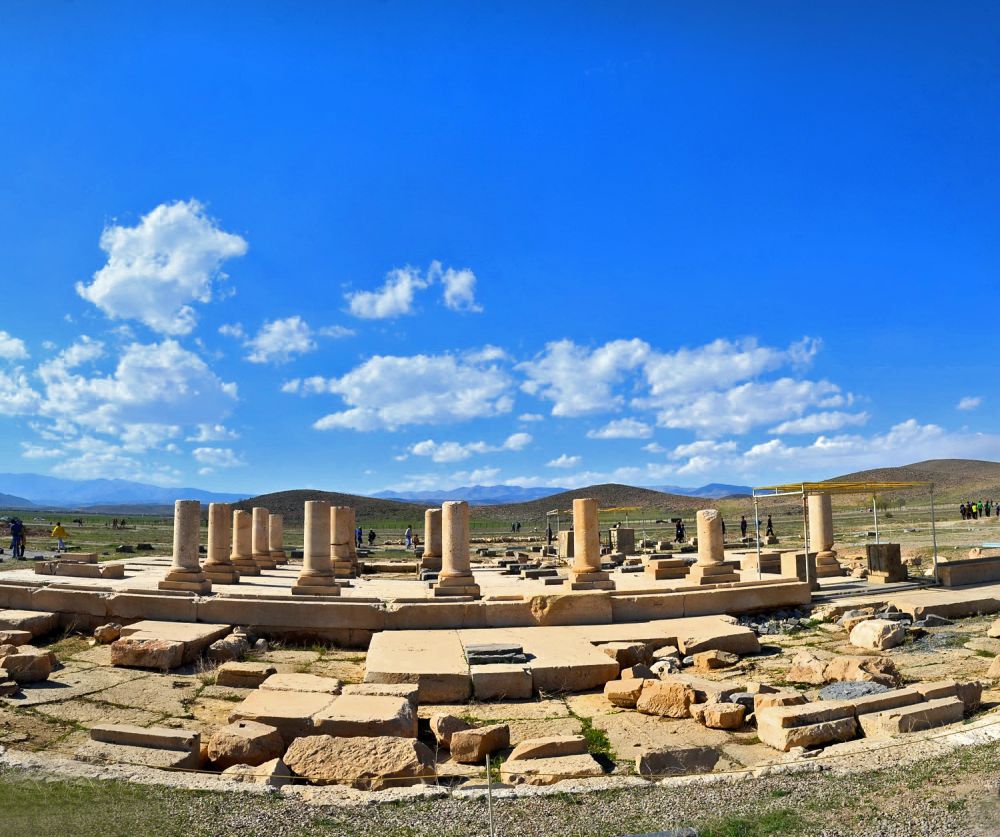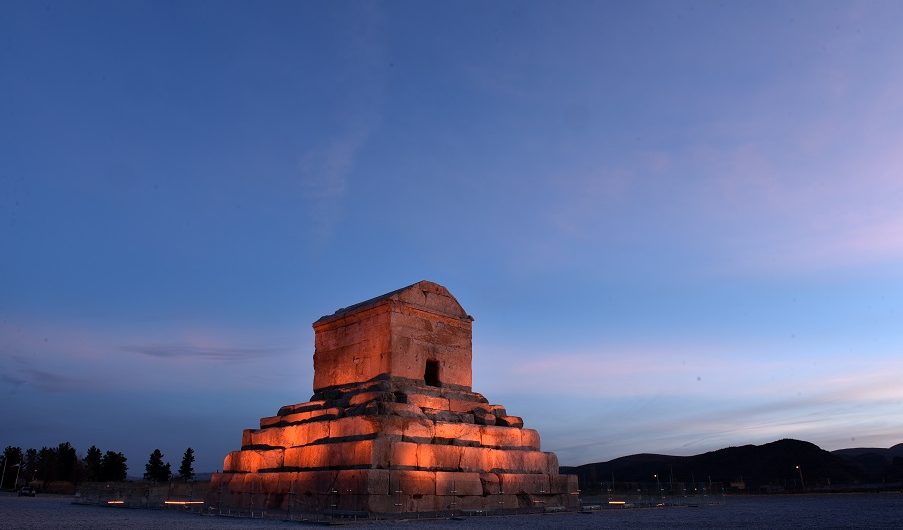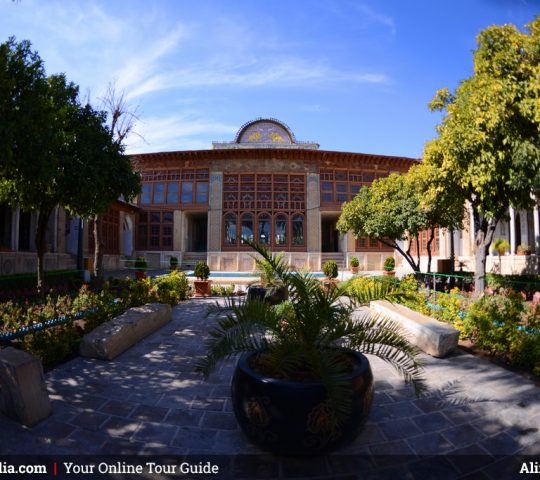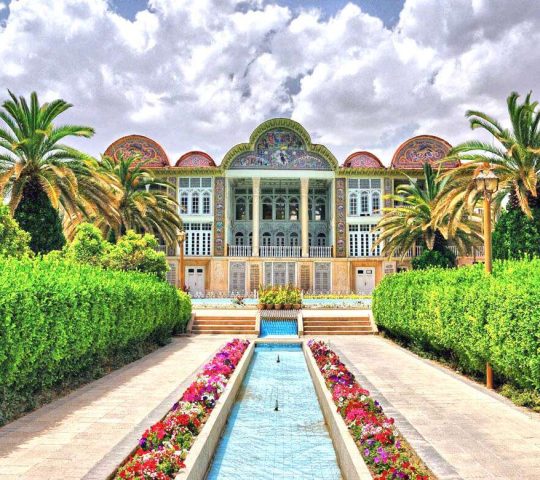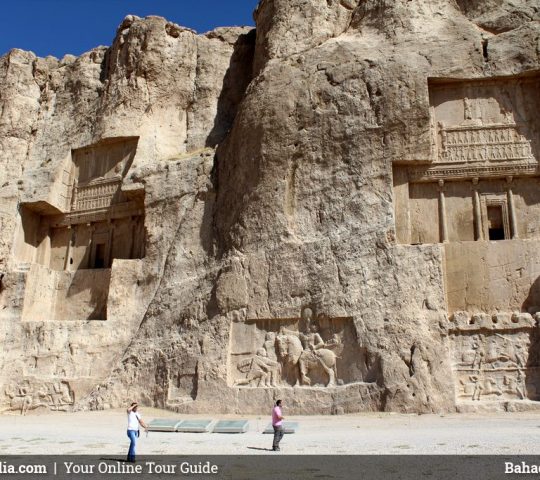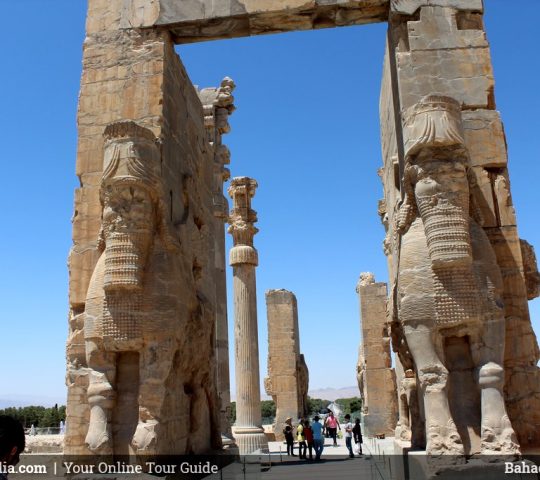Pasargadae
Hightlight
-
 Car parking
Car parking -
 Entrance fee
Entrance fee -
 Non smoking
Non smoking
Pasargadae or Pasargad is an ancient Persian royal city located at an altitude of 1900 m in the Zagros Mountains in the province of Fars and was the first capital of the Achaemenids, about 130 km north-east of Shiraz.
History of Pasargadae
It was the first capital of the Achaemenid dynasty and covered an area of about 160 hectares. With the founding of Persepolis it lost its importance as a capital, but its status as the first capital and the fact that it housed the simple tomb of Cyrus II the Great, the founder of the Achaemenid Empire, made it a place worthy of respect that has remained to this day.
Pasargadae is located at an altitude of 1900 m above sea level in the Murghab valley. The Pulwar River irrigates this valley surrounded by mountains.
Cyrus the Great began construction of the capital in 546 BC or later; it was left unfinished when he died in battle in 530 or 529 BC. Remains of the tomb of Cyrus’ son and successor, Cambyses II have been found at Pasargadae, near the Tal-e Takht fortress and identified in 2006.
Pasargadae remained the capital of the Achaemenid Empire until Cambyses II moved it to Susa; later Darius established another capital at Persepolis. The archaeological site extends over 1.6 square kilometers and includes what is commonly thought to be Cyrus’ mausoleum, the nearby fortress of Tal-e Taht, and the remains of two royal palaces and gardens. The Persian gardens at Pasargadae are the earliest known example of Persian “Chahar Bagh|, or four-sided garden design (see Persian Garden).
Tomb of Cyrus the Great.
The most important monument in Pasargadae is the tomb of Cyrus the Great. The tomb of Cyrus is one of the two tomb models that existed in Persian art during the Achaemenid period.
It is an edicule-shaped structure with a pediment and a gable roof, referring to the Greek art of Asia Minor. Another model is the tomb of Darius I at Naqsh-e Rostam, which is carved out of the rock like an Egyptian hypogeum.
Six broad steps lead up to the tomb, whose chamber measures 3.17 m long, 2.11 m wide, 2.11 m high, and has a narrow low entrance. Although there is no firm evidence that this tomb belonged to Cyrus, Greek historians have reported that Alexander the Great believed it did. When Alexander sacked and destroyed Persepolis, he visited Cyrus’ tomb at Pasargadae. Flavius Arrian, writing in the second century, reports that Alexander ordered Aristobulus, one of his warriors, to enter the monument. Inside he found a golden bed, a table filled with vessels, a golden bier, several ornaments made of precious stones, and an inscription on the tomb. There is no trace of the inscription and there is disagreement about the exact content of the text.
The design of the Cyrus tomb has been attributed to Elamite or Mesopotamian ziggurats but the cella is usually attributed to Urartian tombs of an earlier period. In particular, the tomb at Pasargadae has almost the same dimensions as the tomb of Aliates II, father of the Lydian king Croesus; however, some reject this claim (according to Herodotus, Croesus was forgiven by Cyrus when he conquered Lydia and became a member of Cyrus’ court). The main decoration of the tomb is the ornamentation above the doorway inside the pediment. Overall, the art and architecture found at Pasargadae is an example of a Persian blend of different traditions, drawing on precedents from Elam, Babylonia, Assyria, and ancient Egypt, with some Anatolian influences added.
Archaeology and History of Discovery
In addition to the Cyrus Mausoleum, the fortified fortress of Tal-e Takht and the architectural ensemble of the palace, consisting of the entrance portico, audience hall, royal chambers, and gardens, is not only an exceptional example of early Achaemenid art and architecture but also an exemplary testimony to Persian civilization.
It was the first site to be archaeologically explored by the German archaeologist Ernst Herzfeld in 1905, and in the 1928 excavation season with his assistant Friedrich Krefter. Since 1946, original documents, notebooks, photographs, fragments of murals, and ceramics from the early excavations have been preserved in the Freer Gallery, Smithsonian Institution, Washington, D.C. Following Herzfeld, Aurel Stein completed a map of the Pasargadae site in 1934. In 1935 Erich F. Schmidt made a series of aerial photographs of the entire complex.
From 1949 to 1955 an Iranian team led by Ali Sami worked here. A team from the British Institute of Persian Studies under the direction of David Stronach resumed excavations in 1961-1963. It was in the 1960s that a deposit known as the Pasargadae Treasures was excavated near the foundation of Pavilion B. It dates from the 5th-4th centuries B.C. and consists of ornate Achaemenid gold and gemstone jewelry; it is now in the National Museum of Iran and the British Museum. After some interruption, in 2000, the work was given to the Iranian Cultural Heritage Organization and the House of Oriental and Mediterranée of the University of Lyon.

